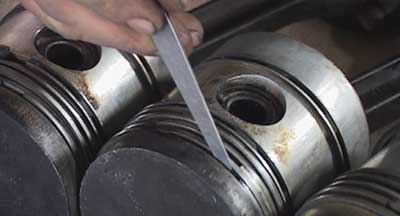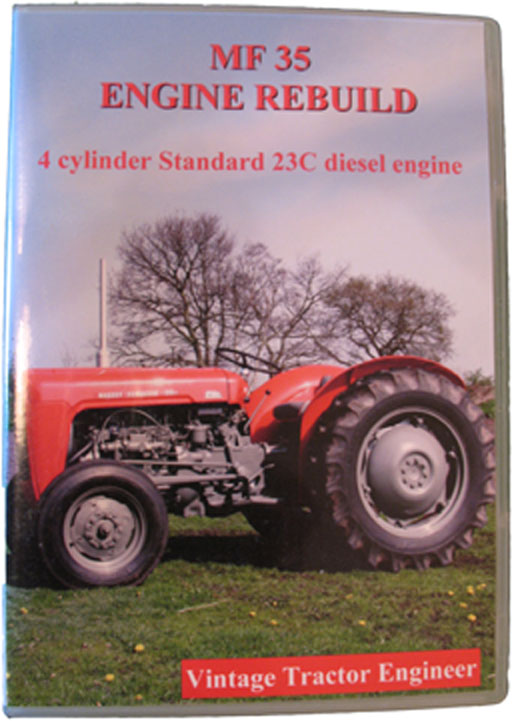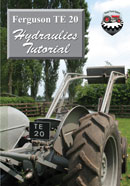Want to check out our tractor maintenance videos? Click here to see what we've got!
We’ve all been here…
Upon dismantling a component we found the gasket was virtually disintegrated and a replacement was unavailable. Not an uncommon problem when working with old tractors.
How to make a new one…
Jonathan has written in to describe a method which may be useful.
The problem is getting a good pattern to work from, so he removed the component and put it onto a computer scanner, scanned and printed it.
He cut it out and pasted onto the gasket material, then cut out a perfect gasket.
Another method…
The above method is great if the component will fit onto a scanner, but what if it is a large piece such as a sump gasket?
You can lay the new gasket paper onto the component and then gently hammer with the ball pein end of the hammer around the bolt holes to cut holes, placing bolts in to hold the paper in place.
Next you can go around the inner and outer edges with the ball pein and slowly cut the paper off in the correct place.
This method will depend on the component surface been a sufficiently hard material so as not to damage it.
If you have the old gasket…
Then in this case you can just lay the old gasket on top of the new gasket material and draw around it.
Or another method…
Another way to make a gasket is to smear grease or something similar on the component that needs the gasket, then press the component firmly onto the gasket material. This will produce the outline shape of the needed gasket, including the bolt hole locations which can then be cut out neatly.
And another…
This information was sent in by Gordon who had to manufacture a head gasket.





